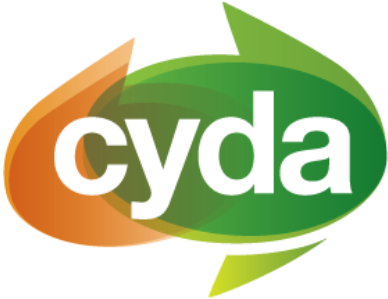Look, it's me!
I would have liked to see some examples of acquired disability

Review by: Chloe R.

I would have liked to see some examples of acquired disability
Included profiles six characters with different disabilities, describing some of their experiences and the ways they like to be included. The overall message of the book is to value differences while including everyone. The book features recommended prompts for the reader to consider, focusing on themes such as empathy and consent. The book also includes a section for parents, caregivers, and educators at the end with recommended discussion questions.
I love the diversity of the characters in Included. Each of the six characters have a different disability: some use mobility aids, some are visibly disabled, and others have an “invisible” disability. However, I would have liked to see some examples of acquired disability – all the characters featured in this book were born with their disability. I loved the racial diversity of the characters, particularly the representation of Rishi, who is a young, autistic, South Asian girl. Often, the dominant representations of autism focus on the experiences of young white boys, overlooking the experiences of those who are multiply marginalised. Rishi is also the most fleshed-out character in the book, with an entire page dedicated to her interests. I also valued the inclusion of Ty, who is non-binary and uses they/them pronouns.
However, at times this the book leans into the medical model of disability, often framing characters through a deficit lens. For example, the first character featured is Sam. The author introduces Sam by explaining that his muscles didn’t grow as strong as they could have and detailing the different support services Sam uses to help him complete daily tasks. Similarly, the character of Jay – a young Deaf boy – is described as not being able to hear sounds. The book mentions he could not hear his parents’ voices and instead learned to lip read until he learned sign language later in life. This implies Jay’s parents did not prioritise learning sign language to communicate with their son. In the book, Jay is shown teaching sign language to his classmates. It would have been great to see a sign language teacher facilitating this lesson, rather than Jay needing to be responsible for teaching his classmates.


